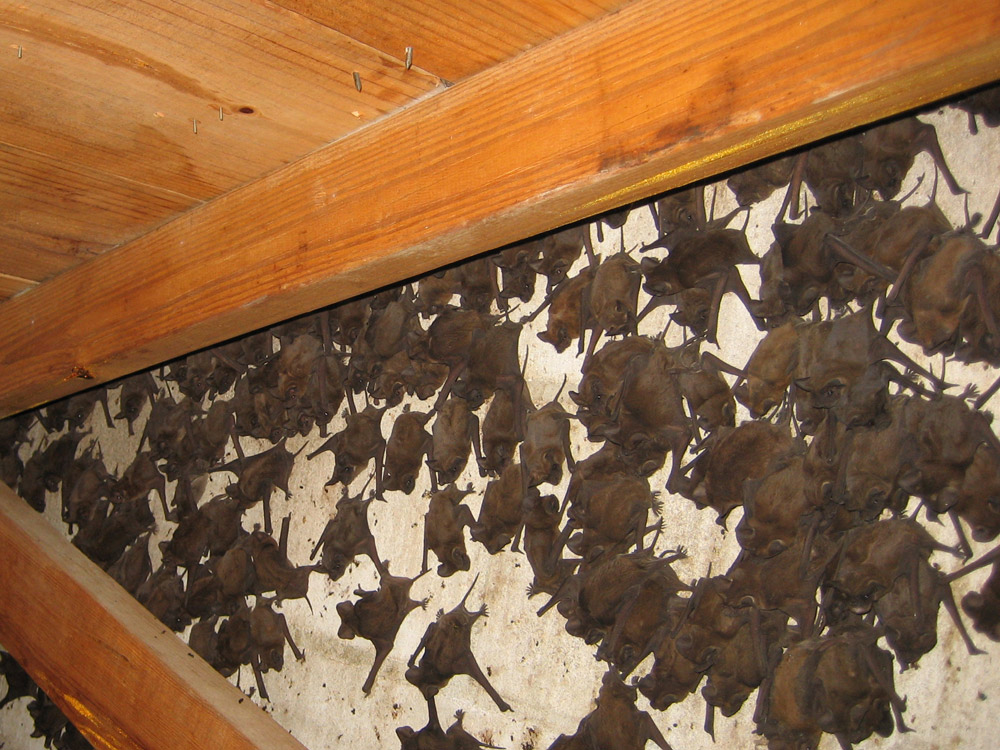
How do bats use echolocation?
Echolocation- - the dynamic utilization of sonar (SOund Navigation And Ranging) alongside unique morphological (physical elements) and physiological adjustments - permits bats to "see" with sound. Most bats produce echolocation sounds by getting their larynx (voice box). A couple of animal types, however, click their tongues. These sounds are for the most part transmitted through the mouth, however Horseshoe bats (Rhinolophidae) and Old World leaf-nosed bats (Hipposideridae) emanate their echolocation calls through their nostrils: there they have basal plump horseshoe or leaf-like structures that are all around adjusted to work as amplifiers.
Echolocation calls are typically ultrasonic- - extending in recurrence from 20 to 200 kilohertz (kHz), though human listening to ordinarily tops out at around 20 kHz. Indeed, even along these lines, we can hear echolocation clicks from a few bats, for example, the Spotted bat (Euderma maculatum). These clamors take after the sounds made by hitting two round rocks together. All in all, echolocation calls are described by their recurrence; their power in decibels (dB); and their length of time in milliseconds (ms). As far as uproar, bats transmit calls as low as 50 dB and as high as 120 dB, which is louder than a smoke identifier 10 centimeters from your ear. That is uproarious, as well as harming to human hearing. The Little chestnut bat (Myotis lucifugus) can discharge such an exceptional sound. The uplifting news is that on the grounds that this call has a ultrasonic recurrence, we can't hear it.
The ears and cerebrum cells in bats are particularly tuned to the frequencies of the sounds they emanate and the echoes that outcome. A grouping of receptor cells in their internal ear makes bats to a great degree touchy to recurrence changes: Some Horseshoe bats can distinguish contrasts as slight as .000l Khz. For bats to listen to the echoes of their unique outflows and not be incidentally stunned by the power of their own calls, the center ear muscle (called the stapedius) contracts to particular the three bones there- - the malleus, incus and stapes, or sledge, iron block and stirrup- - and decrease the listening to affectability. This withdrawal happens around 6 ms before the larynx muscles (called the crycothyroid) start to contract. The center ear muscle unwinds 2 to 8 ms later. Right now, the ear is prepared to get the reverberation of a creepy crawly one meter away, which takes just 6 ms.
The outside structure of bats' ears additionally assumes an imperative part in accepting echoes. The extensive variety in sizes, shapes, overlays and wrinkles are thought to help in the gathering and piping of echoes and sounds radiated from prey. Echolocation is a profoundly specialized and fascinating strategy. To genuinely comprehend the ideas and multifaceted nature of this subject is to start to comprehend the stunning way of these creatures.
We operate a professional wildlife removal company operating in Long Island New York, including Nassau and Suffolk County. We also service much of New York City, including Brooklyn, Queens, and Manhattan. We service the towns of Valley Stream, Oceanside, Long Beach, Freeport, East Meadow, Levittown, Lindenhurst, Elmont, Hempstead, Hicksville, Plainview, Huntington Station, Commack, Centereach, Deer Park, Brentwood, Bay Shore, Islip, and more.. We specialize in
the humane removal of wild animals from buildings and property. We commonly remove animals from attics, provide bat control and rat control, and
also general wildlife trapping and repair and prevention services. We are fully licensed and insured, and operate 24 hours a day, 7 days a week.
